Process and technical
I use a variety of formats up to 10″x8″ sheet film, with most of the images here being scans from 120 roll film and 35mm. I do my own film processing (black & white and colour), usually with a Jobo machine, and make traditional silver gelatin prints in the darkroom; although I’m not adverse to hybrid or digital methods as appropriate.
Colour film processing:
I have done all my colour processing using a Jobo, initially with the Fuji Hunt 5L C-41 kit, but soon moved over to individual components, which is more economical as the expensive bleach can be replenished extensively whereas the much cheaper developer should be used one-shot with rotary processing. Dev, bleach, fix, and final rinse can be from different brands as C-41 is (or at least should be) a standardised process.
For E6 I have used the Kodak kit, now discontinued, and the Fuji Hunt E6 5L kit which works very well but is not currently available – February 2022. Bellini makes a 6/7 bath kit which I’ve not tried but should work well. Individual components from Bellini, Tetenal or Fuji Hunt etc. are probably worth researching if going through larger quantities of film.
Update September 2022 – I have now used the Bellini E6 kit, available in 1 litre or 5 litre sizes, and the quality from initial impressions seems to be very good.
November 2023 – latest news is that Kodak colour (and black & white) processing products may once again become available again under a new manufacturing license arrangement with Eastman Kodak. KODAK PROFESSIONAL (photosys.com)
Black & White film developers:
Availability of packaged developers and individual chemicals can vary with locality and access, so take into account that I’m in the UK.
Over time I’ve used a variety of black & white developers. More recently, and at the time of writing – January 2022 I have moved back towards self-mixed developers, particularly Ryuji Suzuki’s DS-12 (slow to medium speed films) and DS-10 (faster films, e.g TMY-2) which work well for hand agitation and rotary processing.
In terms of commercial liquid concentrates, Rodinal (now made by Adox to the Agfa formula) or Tetenal’s similar Paranol-S product are useful for speeds up to around 100, and Kodak T-Max 100 and ILFORD DELTA 100 can be processed very successfully if used at an exposure index of 50 – depending on metering style. Tetenal Ultrafin can also work very well with slow to medium speed films, I have found good results with FP4 Plus, Pan F Plus, and Delta 100, but not so effective with Delta 400, therefore…
For faster films ILFORD’s DD-X product is a reliable option, but is not always terribly cost effective depending on method of processing, i.e when larger volumes per film are required. For a significant period I used Kodak XTOL, however there have been recent issues with product quality and availability, therefore Adox XT-3 is probably a good option if mixing from a powder, although I’ve not used it personally as have moved to self-mixed as mentioned above.
Black & white paper developers
Several years ago I made an extensive test of developers and found they did not make that much of a difference, apart from some that give a warmer tone than others; therefore I’d recommend sticking with a few simple options. I use DS-14 which works well for my usage, and can be replenished successfully.
recommendations of well known products:
- warm ID-78 formula or Harman Warmtone developer
- neutral ID-62, Dektol / D-72, PQ Universal, Ilford Multigrade
There are commercial developers that are somewhat similar to DS-14 from Tetenal, Adox, and EcoPro in North America.
Ian Grant’s page here is a useful resource: http://lostlabours.co.uk/photography/formulae/formulae.htm
Metering exposures:
Firstly, virtually all of my photography to date has been practiced outdoors in natural light. When working with a medium or large format camera I use a Pentax Digital Spotmeter, assess scene contrast and expose for the shadows. In most situations I find I don’t have to worry too much about blowing the highlights and would generally prefer to print down rather than try and manipulate the film negative via process time variation. For 35mm photography I often simply use the in-camera metering system. When using E6 colour transparency film I still spot meter but generally key-off the highlights and let the shadows fall where they will, so as to avoid over-exposure and loss of image quality.
